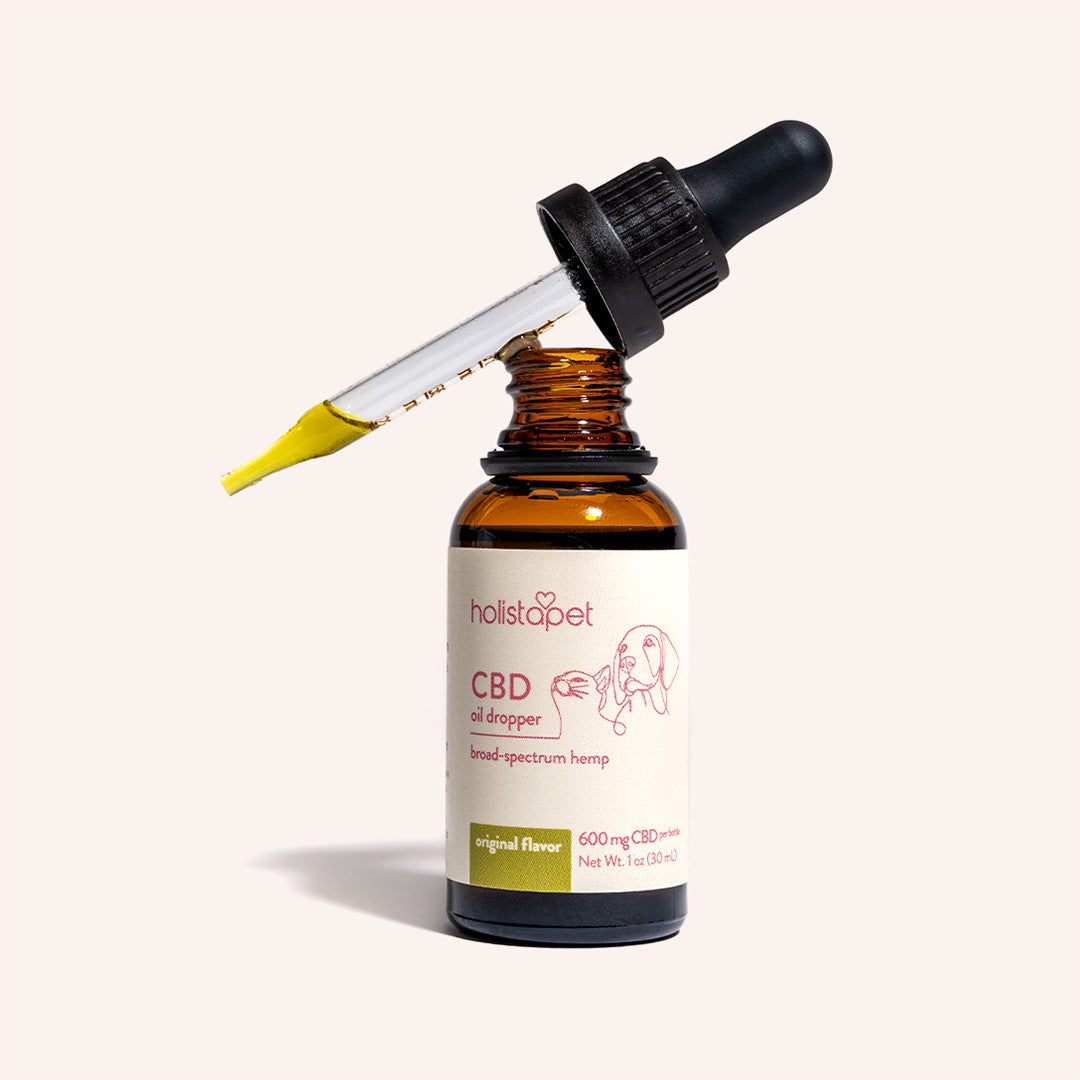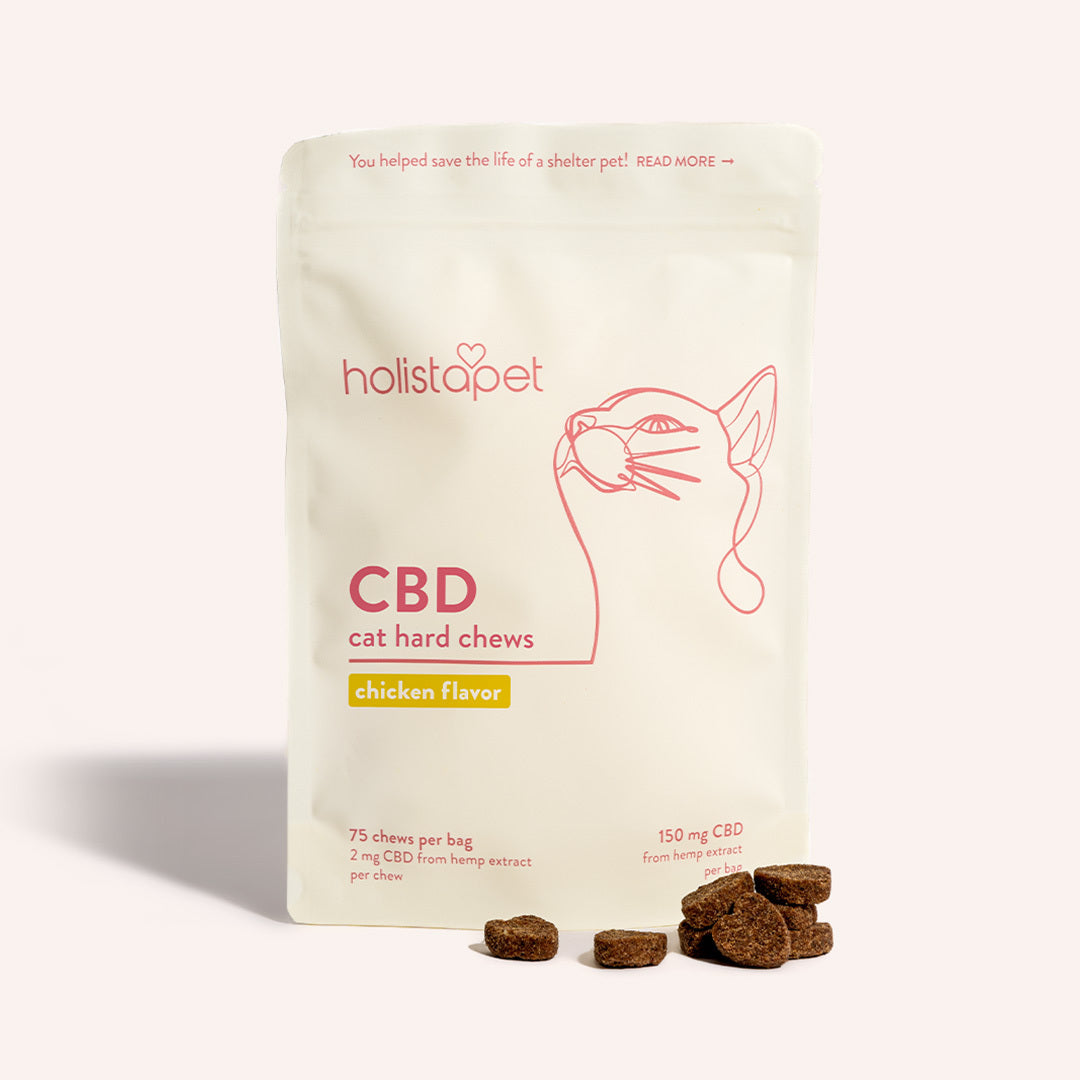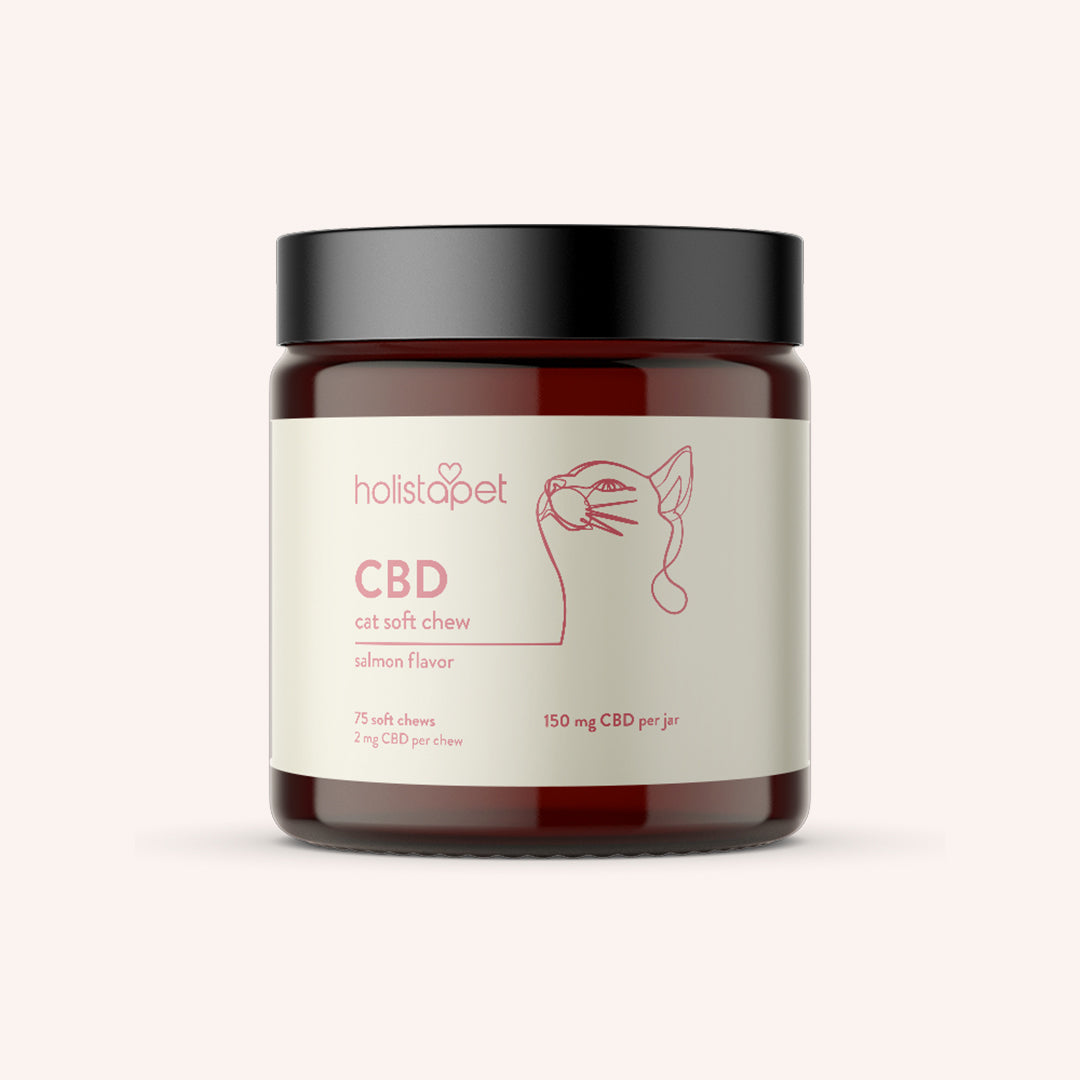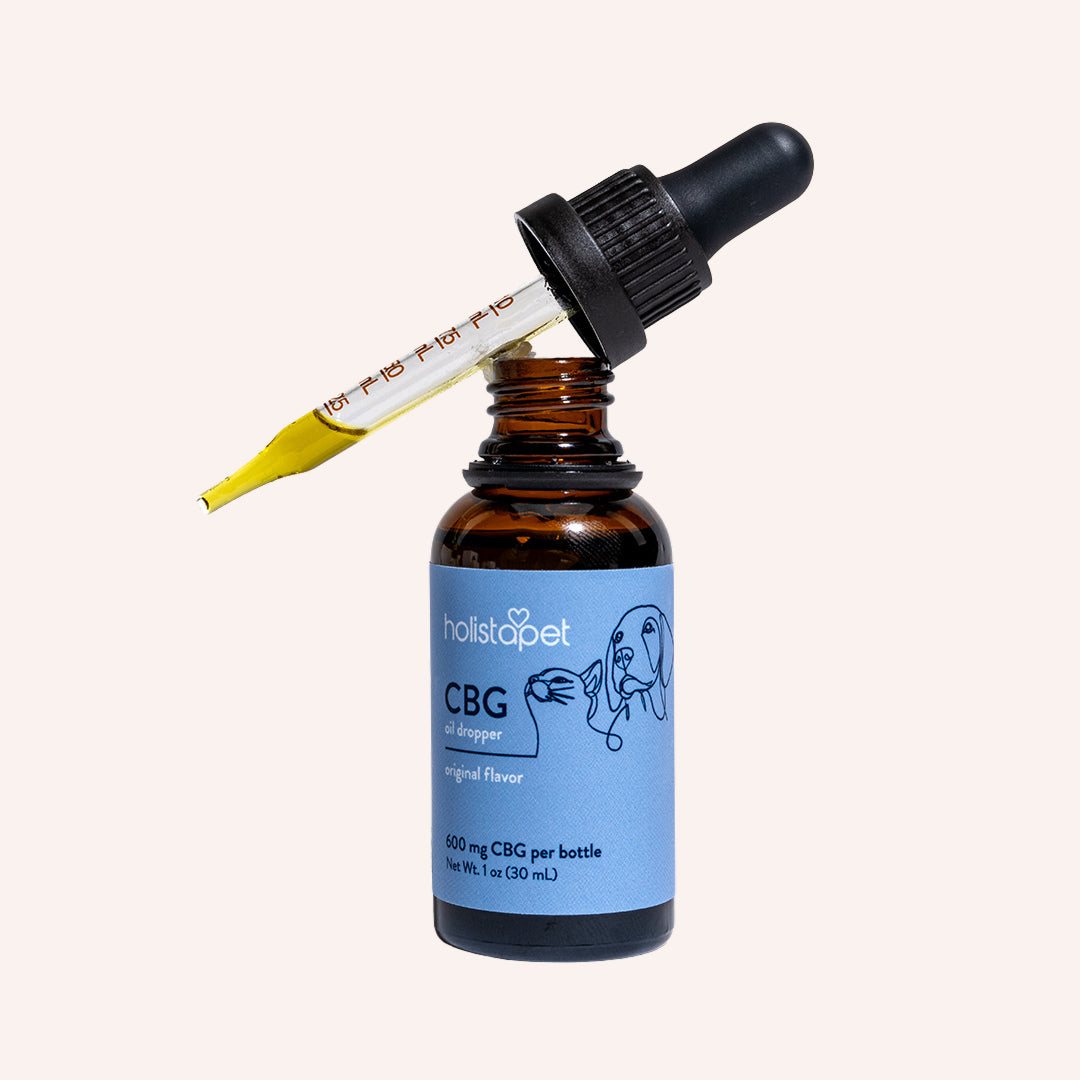How Much to Feed a Cat: Chart, Calories + Feeding Guidelines
Caring for your cat's diet is one of the most important responsibilities of being a feline owner. From daily calorie needs to feeding charts and tips on wet vs. dry food, this guide has everything you need to create a custom feeding plan for your furry friend. Keep reading to learn how to keep your cat healthy, happy, and well-fed.
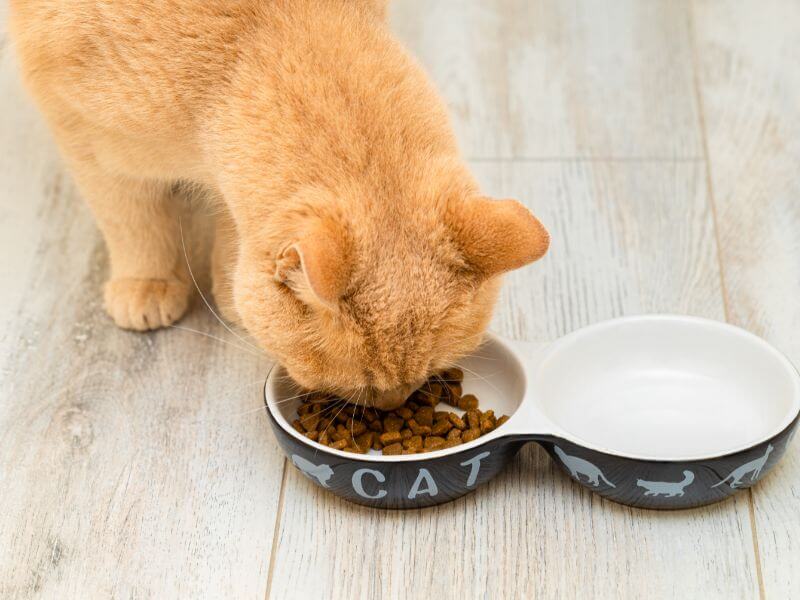
How Much Food Should a Cat Eat per Day?
The amount of food your cat needs each day varies based on factors such as weight, age, and energy levels. On average, adult cats need 20–30 calories/pound of body weight daily to maintain their ideal weight.
Here's a quick breakdown:
- Kitten (up to 12 months): 60–80 calories per pound
- Adult cat (1–7 years): 20–30 calories per pound
- Senior cat (7+ years): 15–25 calories per pound
It's essential to check the calorie content of your cat's food packaging. For example:
- A 10-pound adult cat eating dry food that contains 300 calories per cup will need roughly 2/3 to 1 cup daily.
- The same cat eating wet food with 90 calories per 3-ounce can will need about 2 1/2 cans daily.
How Much to Feed a Cat Chart: Based on Weight and Health Factors
This chart provides daily calorie recommendations tailored to your cat's weight and lifestyle to make feeding easier. Use these guidelines to ensure your cat gets the right nutrition, but always consult your veterinarian for personalized advice.
| Cat's Weight (lbs) | Spayed/Neutered | Active/Intact | Low Activity/Prone to Weight Gain | Weight Loss Plan/Overweight |
|---|---|---|---|---|
| 5 lbs (2.3 kg) | 160 kcal / day | 185 kcal / day | 135 kcal / day | 110 kcal / day |
| 8 lbs (3.6 kg) | 215 kcal / day | 250 kcal / day | 180 kcal / day | 145 kcal / day |
| 10 lbs (4.5 kg) | 265 kcal / day | 310 kcal / day | 225 kcal / day | 175 kcal / day |
| 13 lbs (5.9 kg) | 305 kcal / day | 365 kcal / day | 265 kcal / day | 215 kcal / day |
| 15 lbs (6.8 kg) | 360 kcal / day | 420 kcal / day | 305 kcal / day | 240 kcal / day |
| 18 lbs (8.2 kg) | 400 kcal / day | 470 kcal / day | 345 kcal / day | 275 kcal / day |
| 20 lbs (9.1 kg) | 450 kcal / day | 525 kcal / day | 385 kcal / day | 300 kcal / day |
How to Use This Chart
- Spayed/Neutered Cats: Lower calorie needs due to reduced activity levels.
- Active or Intact Cats: Higher calorie intake is necessary for their energy requirements.
- Low Activity Cats: Manage portions to avoid unnecessary weight gain.
- Weight Loss Plan: Reduce daily caloric intake to help your cat safely shed excess weight.
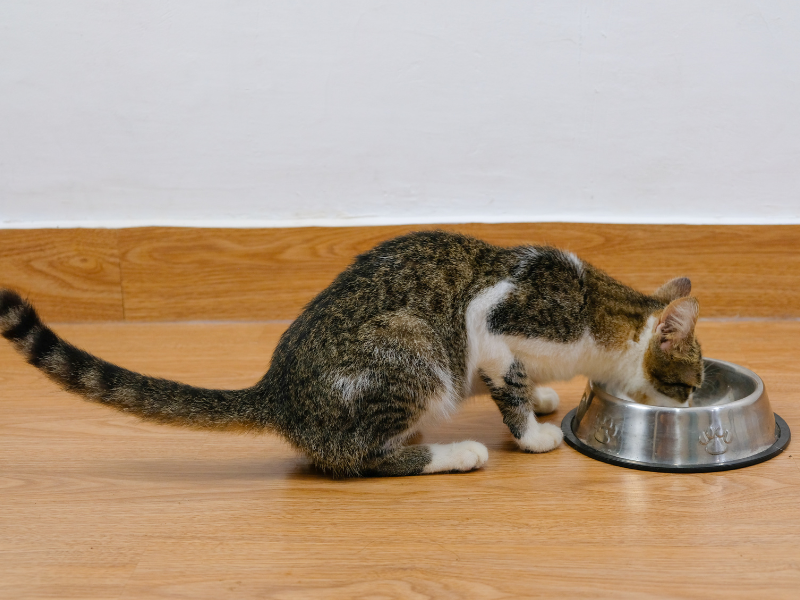
How Often Should I Feed My Cat?
The frequency of feeding will depend on your cat's age and routine:
- Kittens (up to 6 months): 3–4 meals daily.
- Adult cats: 2 meals per day, typically morning and evening.
- Senior cats: 2–3 smaller daily meals may help digestion.
Cats thrive on consistency, so stick to a regular feeding schedule.
Top Selling Cat Products
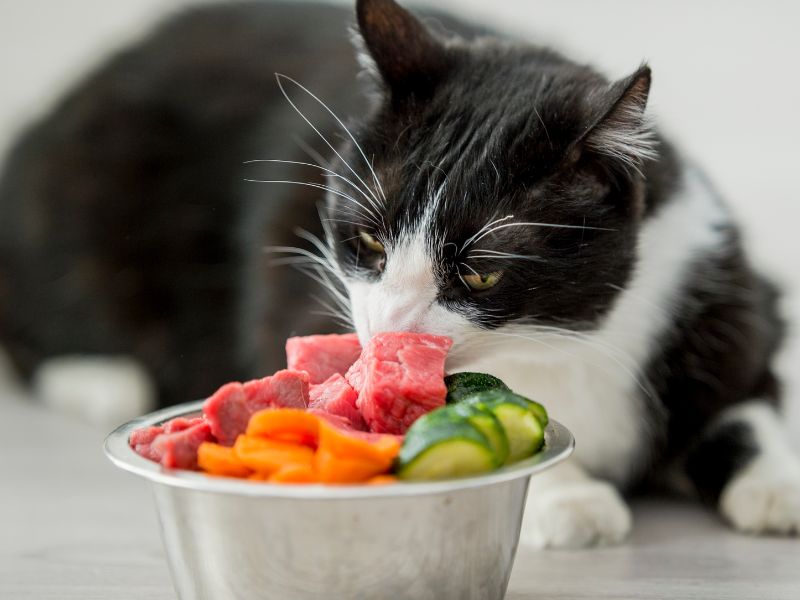
How Much Wet Food to Feed a Cat vs Dry Food
Both dry and wet cat food have pros and cons, but the choice depends on your cat's specific needs:
Dry Cat Food:
- Pros: Convenient, cost-effective, and long-lasting.
- Cons: Lower moisture content may not be ideal for cats prone to urinary issues or dehydration.
Wet Cat Food:
- Pros: Higher moisture content supports hydration and kidney health. Often more palatable for picky eaters.
- Cons: More expensive and requires refrigeration after opening.
Feeding Chart: Wet vs. Dry Food
The chart below provides a simple guideline based on your cat's weight and daily calorie needs to help you determine the right portions of wet and dry food for your cat.
| Cat's Weight (lbs) | Calories Needed (Daily) | Dry Food (cups/day) | Wet Food (3 oz cans/day) |
|---|---|---|---|
| 5 lbs | 100–150 | 1/3–1/2 | 1–1 1/2 |
| 10 lbs | 200–300 | 2/3–1 | 2–3 |
| 15 lbs | 300–450 | 1–1 1/4 | 3–4 1/2 |
| 20 lbs | 400–600 | 1 1/3–2 | 4–6 |
Tip: You can combine wet and dry food to offer variety and balance. Speak with your vet to find the right mix for your cat.
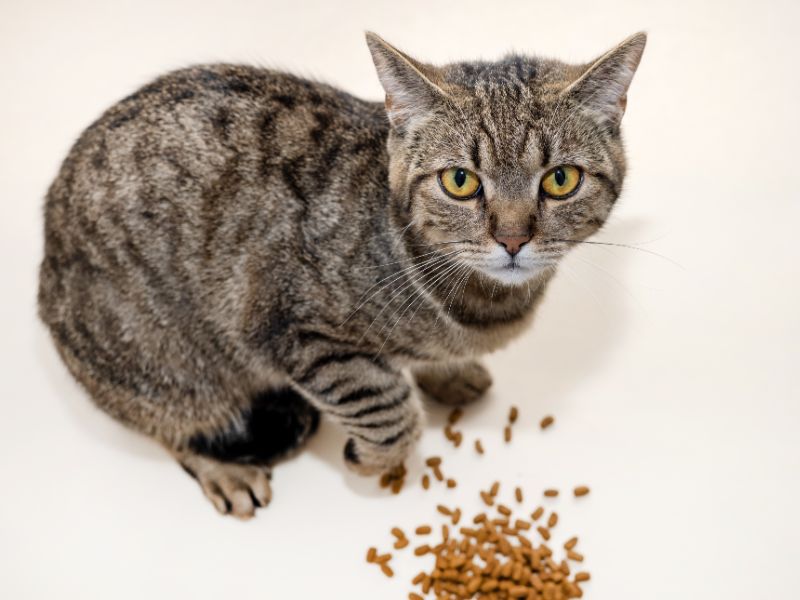
Should I Leave Food Out for My Cat All Day?
Leaving food out all day, or free-feeding, can be convenient, especially with dry food, but it's not always ideal.
- Benefits of Free-Feeding: It allows cats to eat on their schedule, which works for grazers.
- Downsides: This can lead to overeating, obesity, and difficulty tracking food intake.
Alternative: Try measuring portions at specific times to control calorie intake and monitor your cat's eating habits.
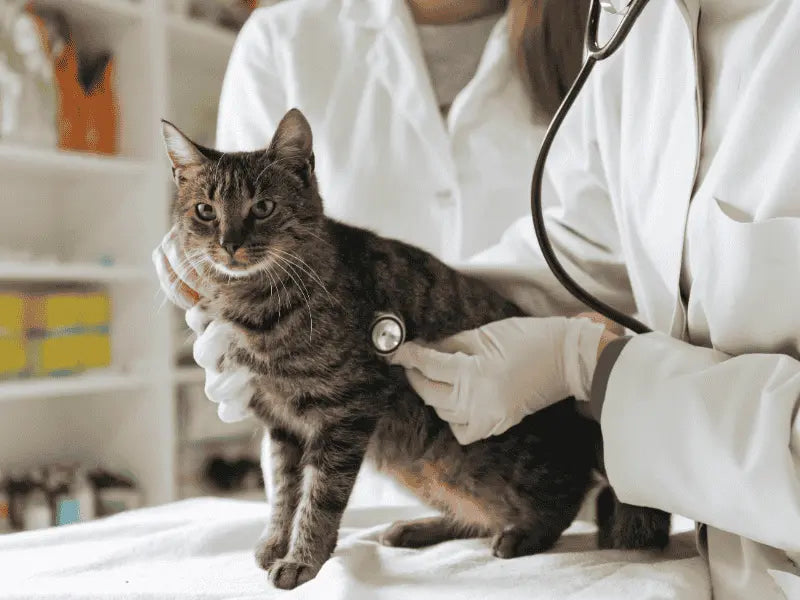
How Much Is a Cat Supposed to Weigh?
A healthy weight depends on your cat's breed and body type. While the average domestic cat weighs between 8–10 pounds, some cat breeds, like Maine Coons, can weigh 20 pounds or more and still be healthy.
Body Condition Scoring (BCS): A visual way to assess if your cat's weight is ideal:
- Underweight: Ribs, spine, and pelvis are easily visible or palpable.
- Ideal: Ribs are palpable but not visible; the waist is easily observed from above.
- Overweight: No waist; ribs are difficult to feel under a layer of fat.
Tip: Regularly weigh your cat and consult your vet if you notice sudden weight changes.
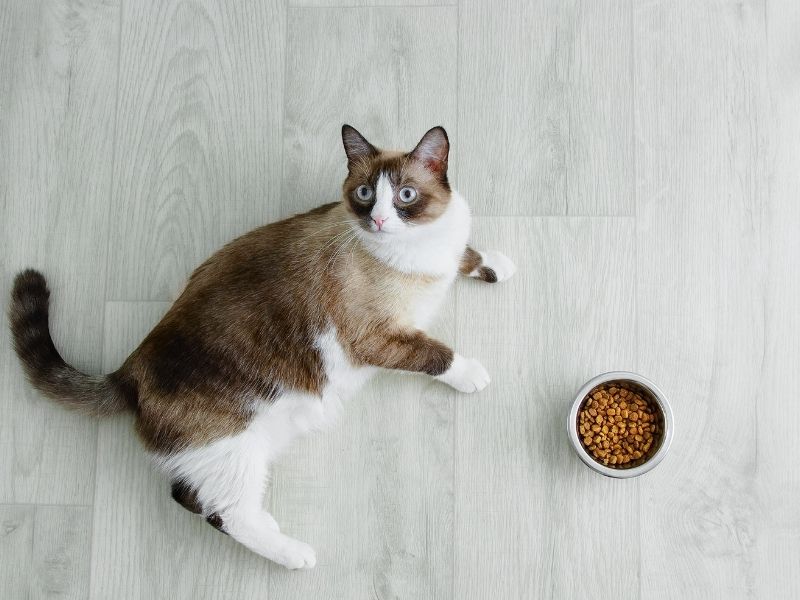
How to Create a Custom Feeding Plan for Your Cat
To ensure your cat is getting the right amount of nutrition:
- Determine a cat's daily caloric needs based on age, weight, and activity level.
- Check food labels for calorie content and serving size recommendations.
- Adjust portions as needed for weight management.
Monitor your cat's weight and energy levels regularly.
Frequently Asked Questions:
Can I give my cat treats every day?
Can I give my cat treats every day?
Yes, you can give your cat treats daily, but ensure they account for no more than 10% of their daily total calories to maintain a balanced diet.
What happens if I overfeed my cat?
What happens if I overfeed my cat?
Overfeeding can cause obesity, which raises the risk of diabetes, arthritis, and other health problems. Monitor portion sizes to keep your cat healthy.
How do I transition my cat to a new food?
How do I transition my cat to a new food?
To avoid digestive upset, gradually mix the new food with the old over 7–10 days, increasing the new food portion each day.
Feeding your cat the right amount and type of food is key to keeping them happy and healthy. Use the how much to feed a cat chart and tips in this guide to create a tailored feeding plan, and don't forget to check with your vet or our Ask a Vet Free chat for personalized advice. A well-fed cat is a happy cat!
Ready to optimize your cat's diet? Start with the tips above and watch your feline friend thrive.

